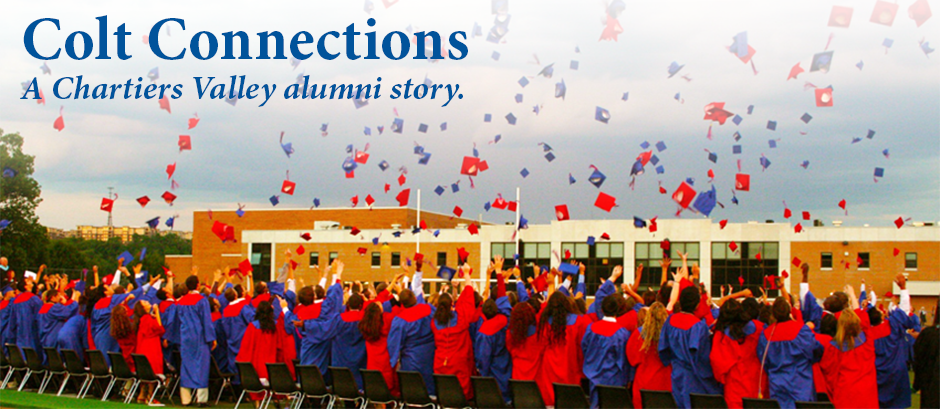Chartiers Valley alumnus, Bryan Gallo, recently returned to his alma mater to give third and fourth grade students a lesson in computer science, sans computers.
After graduating from Chartiers Valley High School in 2013, Bryan went to Westminster College where he is currently a senior majoring in Computer Science.
As his capstone project, Bryan is researching two different methods of teaching computer science activities to elementary students. One method was to let a class start an activity with only a brief introduction to it, while the other method provided students with a detailed lecture about the activity before allowing them to actually try it.
Bryan tested his methods with Mr. Quinn’s third grade class and Mrs. Kantner’s fourth grade class at CVIS.
“I was thrilled to have my capstone project at Chartiers Valley, but before I got to the class, I didn’t know what to expect from the current elementary students,” said Bryan. “The students I had in Mr. Quinn and Mrs. Kantner’s classes had such a great academic attitude. They were attentive, perceptive, and genuinely cared about the lessons.”
The Association for Computing Machinery has a list of academic goals for students from K-12, so Bryan selected activities from “Computer Science Unplugged” to meet some of the goals.
“These activities are designed to introduce computer science concepts to young students without the use of a computer,” explained Bryan.
Over the course of three days, Bryan introduced and modeled the binary number system, as well as several algorithms used for searching and sorting data in computers.
Next he introduced the linear method for sorting large quantities of data, which students found to be pretty slow. Bryan also modeled the hashing method, where students sorted data based on a code or equation. Students got to play a battleship game simulation to demonstrate the hashing method, which they found to be quicker and more efficient than the linear method. Bryan related that method to how computers have advanced to process information faster and more efficiently.
Finally, Bryan worked with students to consider data sorting methods. Students used balance scales and small weighted canisters. Students worked in small groups to systematically sort the canisters based on weight, and noted the number of operations it required to sort the canisters from lightest to heaviest.
While Bryan selected specific activities to help students meet the goals outlined by the Association of Computing Machinery, his ultimate goal was to capture their interest.
“I hope students gained interested, and were more curious about computer science [after my lessons],” said Bryan.
“Our students had a unique opportunity to use abstract and critical thinking,” said Mr. Quinn. “We were happy to have the chance to learn new strategies to figure out a variety of conditions.”
View more photos on Flickr>>

